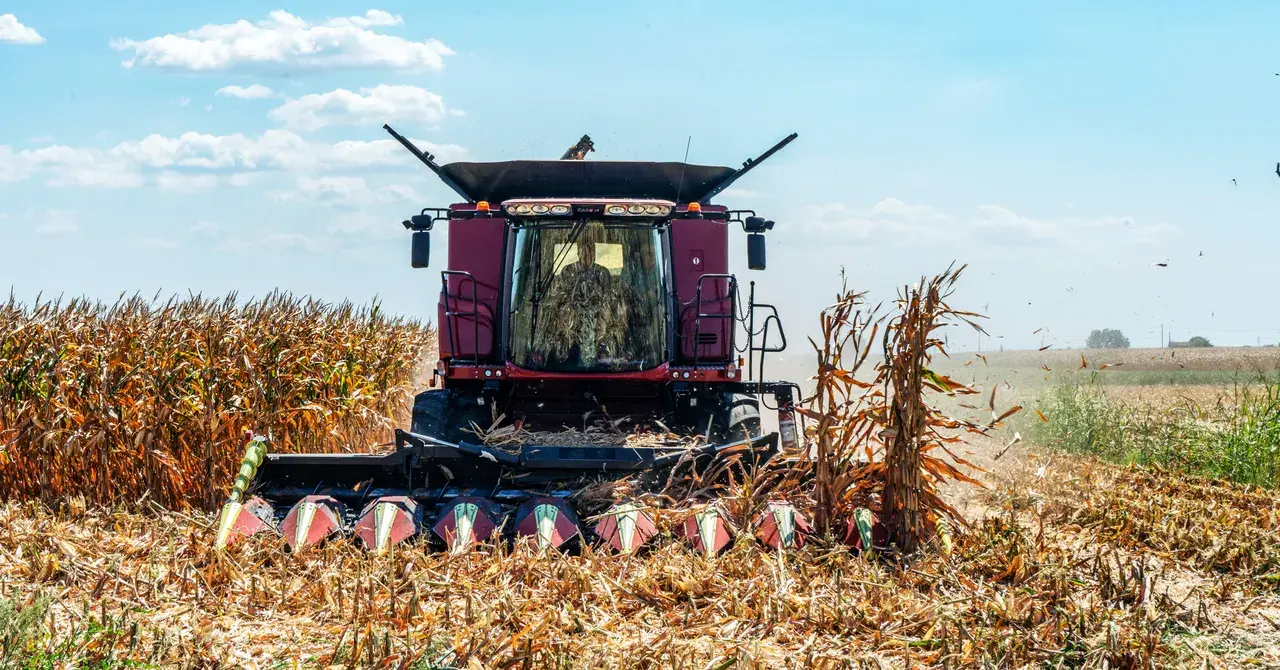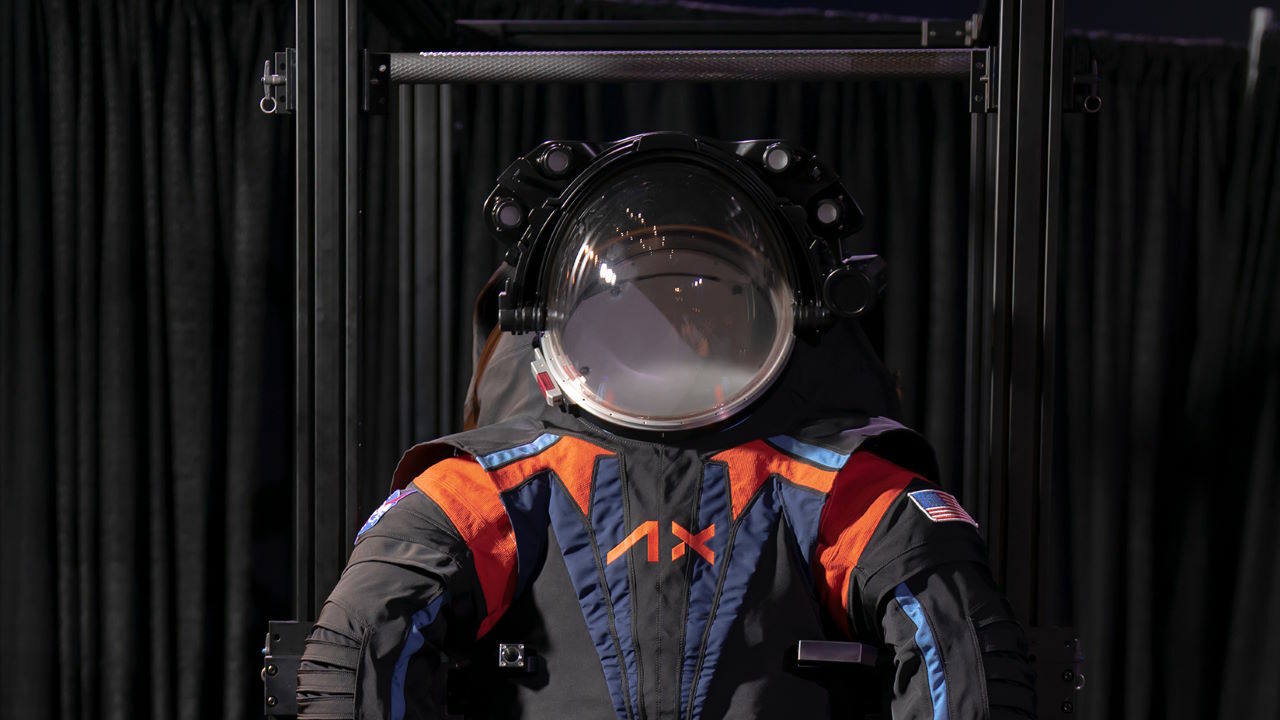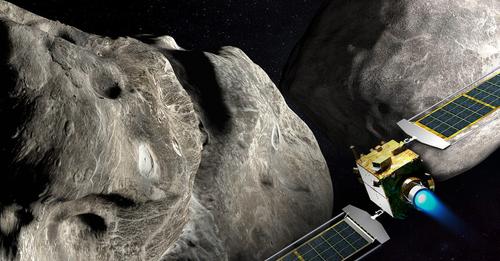The EU has had some of the strictest rules on genetically modified agriculture for decades. Things could soon change.
The drought in Europe this summer has been hard to miss. Rivers dried up, revealing the bones of old buildings and warships. Satellite pictures show that large parts of the continent’s normally green fields have turned into dry dust bowls.
Europe’s agriculture has also been hurt by the hot and dry weather. Most of the continent’s fields will produce less than expected this summer because they don’t have enough water. For some crops, the difference is very clear. Soybean yields are 15% lower than their five-year average, and sunflower yields are down by 12%. Due to the war in Ukraine, agricultural supply chains are already stretched thin. This makes Europe’s food system look very vulnerable.
In response, some European politicians are starting to rethink the European Union’s long-standing opposition to genetically modified (GMO) and gene-edited (GE) crops. In July, an Italian member of the European Parliament asked for a change to the rules that say crop varieties made with new gene-editing tools like CRISPR can’t be grown or sold in the EU. At the meeting, Antonio Tajani, a member of the European Parliament, said at a meeting that new agricultural biotechnology can be used to test plants that are more resistant to drought and pests. Other Italian politicians have joined him in asking for the same kinds of changes to the laws about editing genes. The drought in northern Italy is so bad that rice fields are drying up and farmers are going to get much less food than usual.
If droughts in Europe are going to last for a long time, farmers might need to grow new crops that can survive long, dry summers. Scientists used to have two main ways of making crops more resistant to drought: conventional breeding or genetic modification. Genetically modified crops are made by putting DNA from another organism into the DNA of a plant.
Usually, this is a gene that makes the plant resistant to pests or chemicals used to kill plants. Because the EU has strict rules about GMOs, only two of these crops have ever been approved, and only one, corn that is resistant to bugs, is grown within EU borders. In the United States, on the other hand, almost 90% of corn and soybean fields are GMO. Gene editing is a different and more recent method. Instead of inserting genes from a different species, it changes the genome of an organism directly. It was thought that it wouldn’t have to follow the same rules as GMOs, but in 2018, the European Court of Justice said that gene-edited crops should follow the same rules as GMOs.
There are now signs that the EU might be about to change its mind. The European Commission is in charge of making new laws for the EU. In April 2021, it released a study that explained how it wanted to loosen rules about gene-edited crops. The European Commission’s study concluded that the EU’s current GMO rules cannot be used to control crops created through gene editing, but that gene-edited crops could help the EU achieve its sustainability and food security goals.
Changes in policy could also have an effect on the amount of pollution from farms in the EU. About 10% of the EU’s emissions come from agriculture, but a study from the US-based Breakthrough Institute found that if the EU adopted GMO crops like those grown in the US, it could lead to a reduction in emissions equal to 7.5 percent of the total emissions from agriculture in Europe. This is mostly because GMO crops usually have higher yields than regular varieties. Emma Kovak, who led the study, says that most of these emissions cuts would come from land outside the EU that wouldn’t have to be turned into farmland. As she puts it, “since crop yields in the EU are already higher than the worldwide average,” boosting crop yields in the EU allows for slower production growth in other regions of the world.
But there are some big exceptions. First of all, even if the European Commission gets its way, the new rules will only apply to crops that have had their genes changed, not to the GMOs that are grown in the US. Second, wheat and barley are two of the most common crops grown in the EU, and there aren’t ready-to-plant versions of those crops that have had their genes changed.
In other words, a change in the rules about gene editing wouldn’t lead to a drop in emissions right away. But crops that can handle drought might not be too far away. Kovak says that Argentina has already approved drought-resistant wheat, which is also a GMO crop. But if the EU and its 450 million people do become a new market for gene-edited crops, that could be a reason for agricultural companies to make new varieties of European staples that can handle drought.
If gene-edited crops are deregulated in the EU, it’s likely that fruits and vegetables will be the first to hit the market before big commodity crops. This is because many of these crops already have GMO versions, and manufacturers might not want to make new gene-edited varieties for just the European market. Big agricultural companies have avoided genetically modifying low-value foods like fruits and vegetables because it costs a lot to make new GMO varieties.
But gene editing is much cheaper than making new GMO varieties. In the US, a gene-edited mushroom made with CRISPR was the first food that could be sold. Martin is doing her first field tests in the UK with tomatoes whose genes have been changed to make them a precursor to vitamin D. These trials were only possible because the country recently made it easier to test gene-edited crops in the field. This was done to break away from EU-era rules after the country left the EU.
Gene-edited crops in the EU may have a much tougher time getting laws changed to make them less regulated. Groups like Greenpeace and Slow Food, which support local and traditional cooking in the EU, have been very against the study by the European Commission. If a rule change is to be made, the commission will have to persuade the European Council, and then the European Parliament will vote on the bill. In a bloc with such strong food traditions, it’s likely that new rules for gene-edited crops will face a lot of pushback.
But Euroseeds spokesperson Petra Jorasch says that gene-editing technology could help keep local varieties alive. With gene editing, it might be possible to make the Riesling grape resistant to a certain fungus while keeping all of its other qualities. She explains that fewer fungicides may be used if “such technologies could be used to make a wine more resistant to fungus.”
Kovak says that the best way to convince voters and lawmakers might be to stress that increasing crop yields in the EU would make it easier for the region to become more food secure and less vulnerable to changes in food prices. And because editing genes are getting cheaper, people might be able to try more edited crops like Martin’s tomatoes, which are better for you in terms of nutrition. Kovak says that it makes it possible for more improvements to be made to food.






Leave a Reply